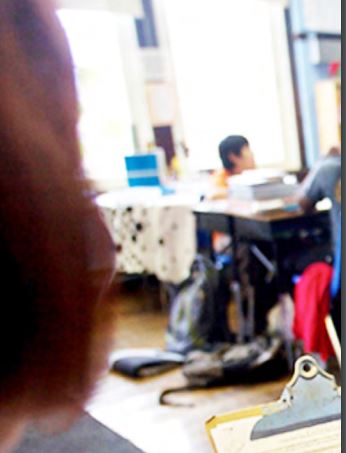
School accountability has never been as stringent as it is now. Not only are teachers subject to lesson observation graded against Ofsted criteria but headteachers are increasingly organising ‘mock’ whole-school inspections in preparation for the real thing. We are all in pursuit of high standards, performance management records that demonstrate consistently ‘good’ and ‘outstanding’ teaching and quantifiable evidence of progress.
But what is lesson observation for? If the purpose is to ensure that the quality of learning is at the optimum level, we need to explore the most effective ways of enabling this. Recently, Professor Robert Coe of Durham University challenged the collective assumption that existing school improvement methodology is effective. In his inaugural professorial speech, he described ‘poor proxies for learning’ that were often taken as indicators of a successful lesson. These ‘poor proxies for learning’ are easily observed, but not really about learning. They are:
- 1. Students are busy, lots of work is done (especially written work).
- 2. Students are engaged, interested, motivated.
- 3. Students are getting attention, feedback, explanations.
- 4. Classroom is ordered, calm, under control.
- 5. Curriculum has been ‘covered’ (i.e. presented to students in some form).
- 6. (At least some) students have supplied correct answers (whether or not they really understood them or could reproduce them independently).1
Coe’s challenge to the education world is that we need to pursue alternative approaches to school improvement. How can we know whether learning is taking place within the classroom and what can we do to enhance this process? In common with others such as Ben Goldacre2, Coe cuts across tradition in the education world to ask questions about the validity of accepted practice. In pursuit of excellence, we owe it to ourselves to explore approaches to professional learning that take account of robust research evidence and alternative methods of interrogating classrooms. The practice of Lesson Study may be one such method.
What is Lesson Study?
Lesson Study is an internationally recognised approach to closely observed learning that has only recently become noticed in English education. Japanese teachers have engaged in Lesson Study since the end of the 19th century. The academic success of Japanese schools is well known - Japan has retained a place in the top ranking education systems internationally for many years.
Lesson Study is a deceptively simple process where a group of teachers work together to plan, deliver and observe a lesson with a particular focus on a small group of children. The lesson is planned collaboratively with the focus children in mind and the observation that follows is not of the teacher but of the children, as they respond and interact within the whole class group. The follow on conversation between fellow
professionals allows deep insight to develop into the learning behaviours of the studied children. These lessons are planned, taught and reviewed in repeated cycles of three sessions.